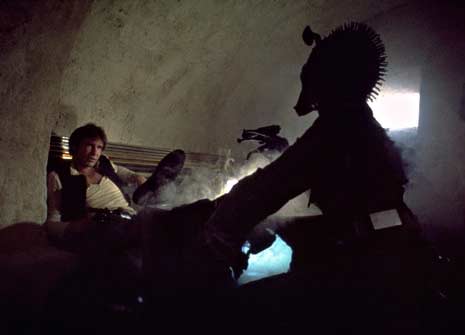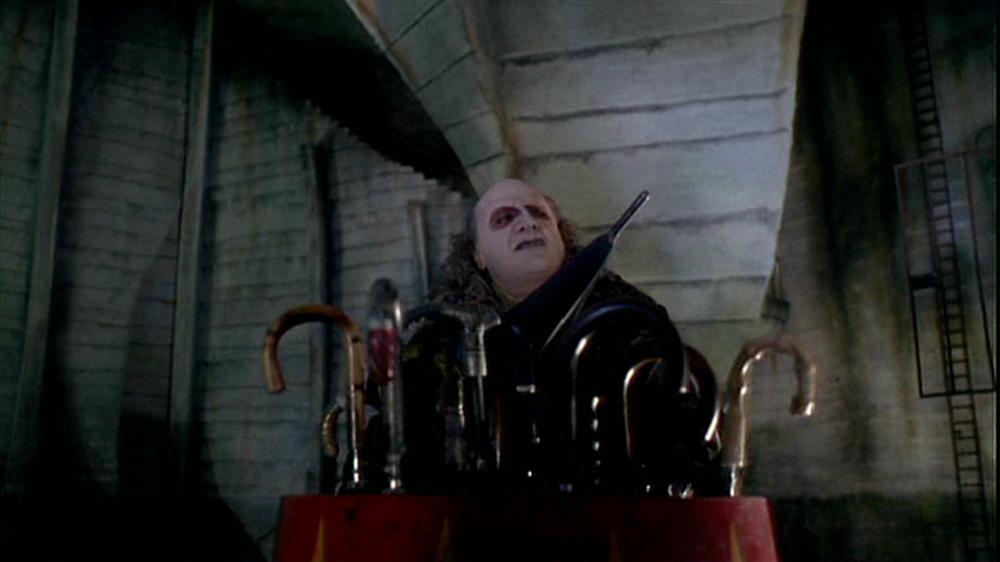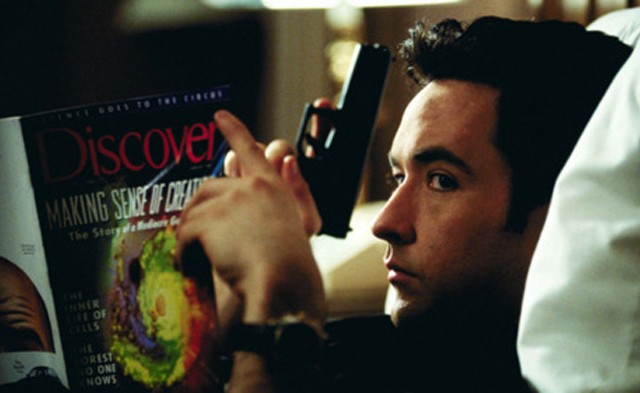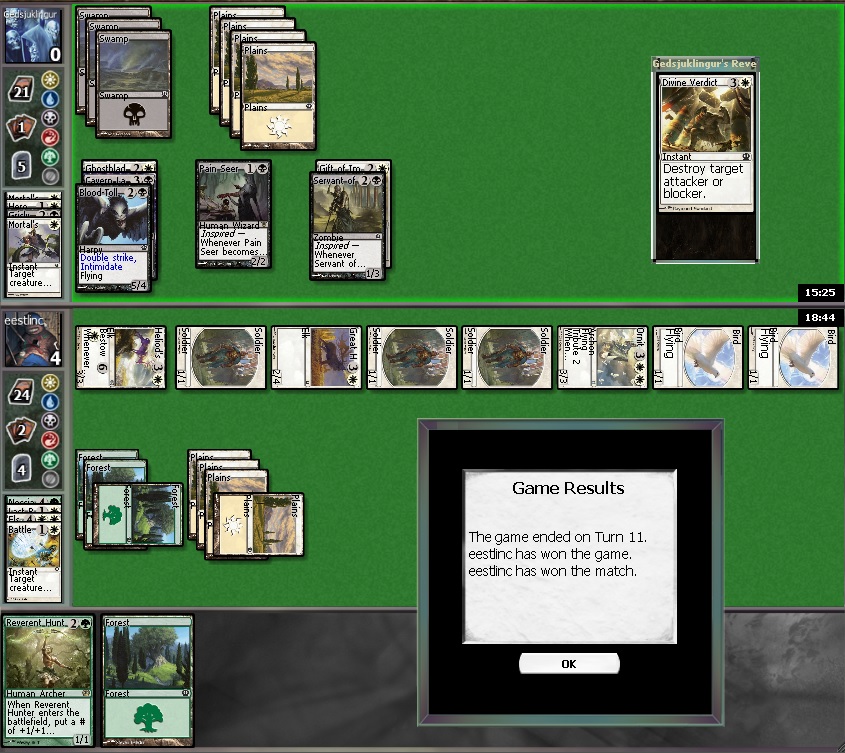Are you preparing for a sealed Pro Tour Qualifier or Grand Prix Philadelphia? Well then you’ve come to the right place. This week I will be explaning the ins and outs of the Born of the Gods sealed format. I’ve played a ton of sealed tournaments lately and had a fair bit of success—8-1 at GP Montreal, 4-1-1 and top eight at a Grand Prix Trial for Philadelphia, and a few 4-0s and 3-1s in online daily events. My Montreal deck was incredible, but the others were not. So here is a synthesis of my experience in the format. Hopefully it will help you get a head start on testing for your upcoming sealed tournaments.
One heads up: If you’ve played a lot of Theros sealed and think the current format is essentially the same, you’re wrong. Born of the Gods changes the format considerably. Half of your cards come from the new set. It’s a weaker set than Theros, which means the average pool is less powerful than before. That in turn means less bombs, more synergy, and a generally more aggressive format. For example, bears (2/2 creatures for two mana) were mostly irrelevant in Theros, but they are essential in Born of the Gods. It also means that even if your pool seems weak, it might be comparatively strong if the pieces fit together into a coherent deck.
On with the show!
1. Play First.
The fundamental question of sealed: Do you play or draw? As the slowest Limited format, it is often correct to take the draw. Most cards are close in power level, and the pools are the more random than in draft, so getting the extra card on turn one matters more than getting on the board first. Here’s another way to think of the question: Do the first three turns matter beyond hitting land drops? If the answer is no, you want to draw.
That was certainly the case in Theros sealed, although there was some debate because of the value of tempo. Drawing first was correct for most decks and matchups in Theros, and I got a lot of advantage when my opponents would choose to play anyway. On day one of Grand Prix Sacramento I drew in every game I played but one, regardless of which player had the choice, and I went 7-2 with a solid but not spectacular deck.
Born of the Gods is different. Small aggressive creatures play a major role in the development of games in this sealed format. Getting an “extra” turn is doubly important when facing down brutal tempo cards like Sudden Storm. More on that later. You want to race, or to end games before your opponent can draw their best cards. Elspeth costs six mana. Aggresive decks can kill on turn four sometimes and turn five fairly reliably. Even if your deck isn’t trying to win fast, your opponent probably is, and you have to put a stop to that. So play first.
2. Give Up Control.
Blue-black control decks are not where you want to be. I’ve seen or played a few “sweet” decks in this archetype and they come up short. You need a lot of the best black devotion cards to get there, and it’s hard when they only come in three packs instead of six. I played one blue-black deck on day one of Grand Prix Montreal. Admittedly, that was in round nine, but my opponent had an incredible deck. The other versions I’ve faced have come early in tournaments and have been easily dispatched. If you play blue-black, tempo fliers works a lot better.
Control struggles because the format lacks two-for-ones and decks can win out of nowhere. Basically, you can neither get ahead on cards nor truly stabilize. The closest control archetype is actually white-black. That deck uses the best source of card advantage in the format—bestow—and can recur enchantments with Odunos River Trawler, Griffin Dreamfinder, and Dawn to Dusk.
White also provides crucial removal for creatures and enchantments. Excoriate is a secret all-star of sealed. Bestow makes it hard to kill a threat before it attacks you once, and everyone knows to play around Divine Verdict. Excoriate lets you develop your board instead of being forced to hold up mana, and you can cast it when the time is right. You might take a hit first, but control wants to use life as a resource to buy time anyway.
If you do play white, which you should, you really want to be proactive. Its removal and bestow creatures provide control elements, but white’s best line is to attack and force your opponent to deviate from her game plan to try to deal with yours. Bestowing onto Akroan Skyguards or Wingsteed Riders will win a lot more games than sitting back on Fated Retribution or Divine Verdict. Don’t play control if you have a choice.
3. Expect Rain.
The skies of Theros might be clear, but a Sudden Storm can pop up without warning. Or with warning, say when your opponent has four mana and an Island. This common is the absolute best reason to play blue in the format. It’s better than Sea God’s Revenge because those pesky bestow auras don’t fall off. If you’ve played the sealed format much, you’ve died to Sudden Storm. When tempo matters, this card shines. And boy does tempo matter. Don’t try to use it in a control shell to buy time, though, unless you have some really strong plays coming down in the next couple turns. Just tap your opponent’s best creatures and attack for the win.
Blue isn’t my favorite color in this format, but if I have one or two Sudden Storms, I will look to play them. It pairs well with blue fliers and bounce, along with whatever white or green beaters you have to attack with. Just like when you face a black deck and you have to constantly do the “Gray Merchant math” to make sure you don’t die out of nowhere, against blue you have to stay on storm watch at all times.
While we’re on the topic of tempo kills, watch out for Portent of Betrayal as well. This is the most underrated card in the format. It is so hard to play around, and it attacks opponents by using their best plans against them. Make a big dude? Die to it. Or just shift the combat math massively in your favor. What are they going to do, not play creatures?
And I’d be remiss to talk about rain and not mention what happens when the sun breaks through the clouds. Glimpse the Sun God provides a similar effect that just ends games. It’s harder to play around that Sudden Storm or Portent of Betrayal, but against aggressive white decks you want to keep track of how much mana they can use to tap your team.
4. Be Prepared to Kill Small Things.
Speaking of creatures, there are a lot of small ones running around now. Decks are teeming with one-toughness targets for your Eye Gouges and Spark Jolts. Cavalry Pegasus plus Elite Skirmisher is a threat you have to answer. Setessan Oathsworn and Akroan Skyguard have to be killed on sight. Arena Athlete, Sedge Scorpion, Spirit of the Labyrinth, etc., etc.
As for which kill spells to play, mostly that is dictated by what you have in your pool. I prefer instant-speed tricks over stuff like Viper’s Kiss, but an opponent with good activated abilities can warrant the slower enchantment. You don’t want to cram your deck full of answers to small creatures, but most pools are thin enough that you will be hunting for your last playables. Don’t discount small-creature kill.
5. Head for the Plains.
Finally, play white. It is the deepest color in Born of the Gods, so you are likely to have a lot of playables from those packs. And while the Theros white cards aren’t as deep, the top end is fantastic. White has tons of creatures, tricks, bestow, removal for both creatures and enchantments, bombs, and even some recursion as discussed above. A sealed deck needs a variety of role players to cover all your bases across a long tournament grind. White provides so much of what you need that it is easy to pair it up with whatever good color your pool provides.
White also benefits from being an excellent pair with any of the other colors. White-red and white-green are probably the two most powerful pairs in the format, but white-black and white-blue are quite strong as well. Expect to see a lot of Plains on both sides of the table in sealed tournaments. And that means Glare of Heresy is one of the best sideboard cards. Maybe it is even correct to maindeck it? Something to think about.
So there’s my rundown of the Born of the Gods sealed format. I’ll be putting it to the test this Sunday at the PTQ in New Jersey and next weekend at Grand Prix Philadelphia. Come say hello!
And finally, I leave you with a moment of Zen. Up a game, round one of a sealed daily. My opponent had a 5/4 double-striking intimidating Blood-Toll Harpy that was killing me next turn. So I sent my team in, tapped her Pain Seer with Heliod’s Emissary, used Battlewise Valor, and got her down to four life. The Pain Seer trigger resolved and this is the result:
Carrie O’Hara is Editor-in-Chief of Hipsters of the Coast.







